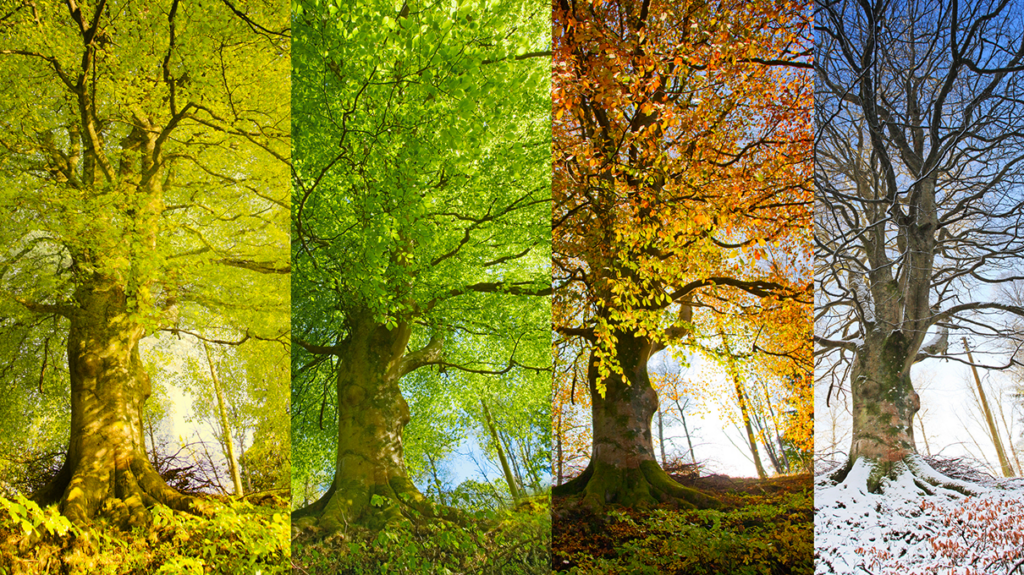Climate change and seasonal shifts are reshaping the natural world. The once-reliable timing of seasons is now irregular, affecting ecosystems, agriculture, and human health. As our climate warms, the cycle of spring, summer, autumn, and winter is changing—bringing far-reaching consequences.
Understanding the Science Behind Seasonal Shifts
The link between climate changes lies in rising global temperatures. Warmer temperatures affect when seasons start and end. Spring may arrive earlier, winters may shorten, and rainfall patterns may shift. These subtle yet powerful changes disrupt the timing of natural events and cause imbalance in ecosystems and communities.
Nature Disrupted: The Effect on Wildlife and Ecosystems
Climate change and seasonal shifts have a direct impact on biodiversity. When plants bloom earlier or animals migrate too late, natural synchronization is lost. Birds may miss insect hatches, and pollinators might not align with flowering plants. This mismatch, known as phenological asynchrony, threatens the survival of many species and leads to biodiversity loss.

Agriculture Under Pressure
Farmers heavily depend on consistent seasonal patterns. However, seasonal shifts bring uncertainty. Crops may fail due to unexpected frosts or extended droughts. Pests and plant diseases also thrive in warmer conditions, reducing yields and threatening food security worldwide.
Human Health Risks from Changing Seasons
The health effects of climate change and seasonal shifts are growing. Warmer temperatures extend allergy seasons and increase the spread of diseases like Lyme and dengue. Heatwaves, floods, and air pollution are becoming more frequent, placing vulnerable populations at greater risk.
Extreme Weather and Seasonal Instability
Shifting seasons also mean more extreme weather. Unpredictable snowfalls, intense heatwaves, and sudden storms are becoming more common. These events, driven by climate change and seasonal shifts, damage infrastructure, displace communities, and require stronger disaster preparedness.
Adapting to Climate Change and Seasonal Shifts
We can respond to these challenges with collective action:
- Cut greenhouse gas emissions to slow global warming.
- Support adaptive farming with climate-resilient crops.
- Conserve ecosystems to protect biodiversity.
- Plan communities around more extreme seasonal changes.
Conclusion: A New Seasonal Reality
The world is changing. Climate changes are transforming how we live, grow food, protect nature, and stay healthy. Recognizing these changes and taking meaningful action now is the only way to safeguard our future.
